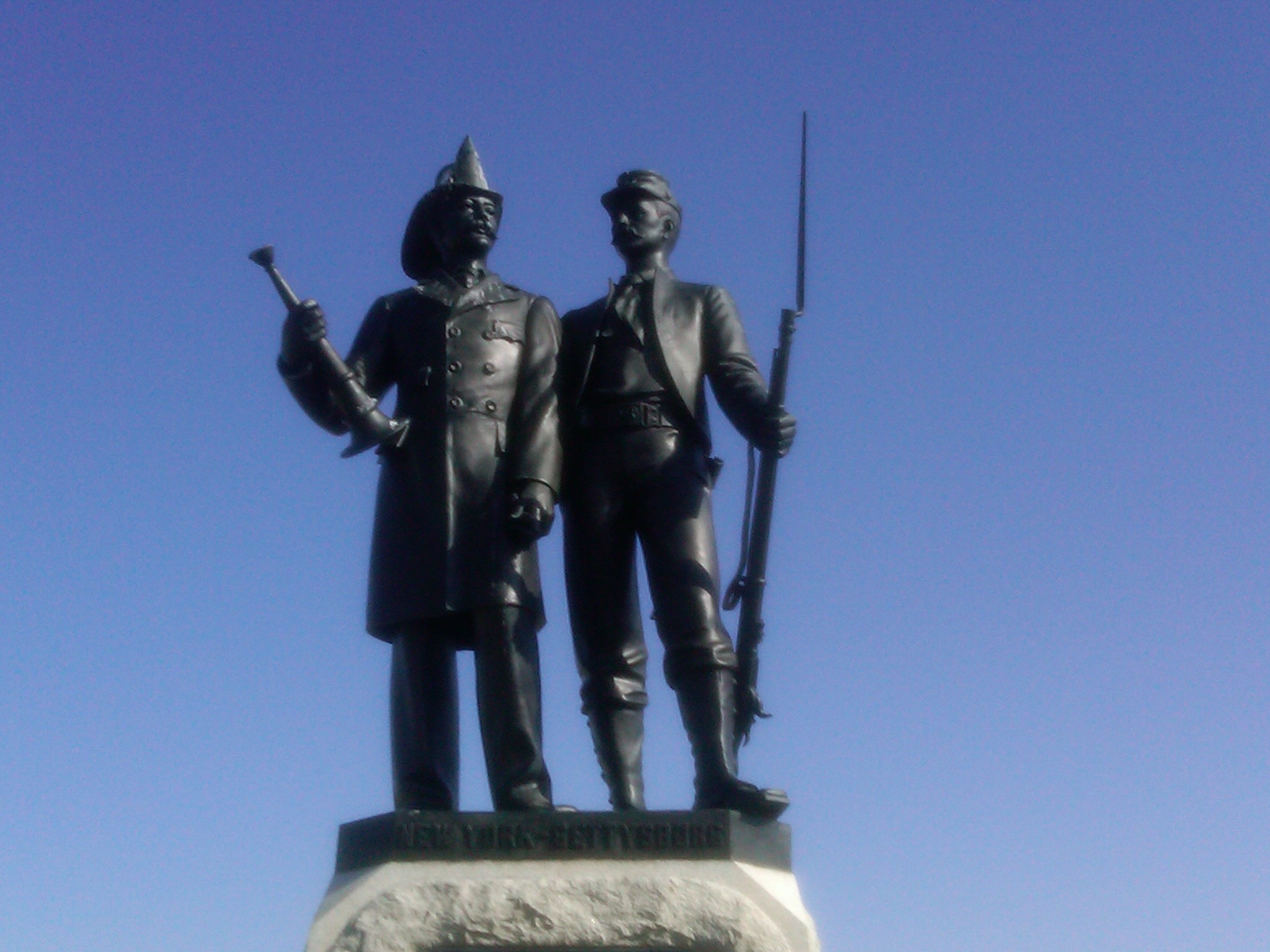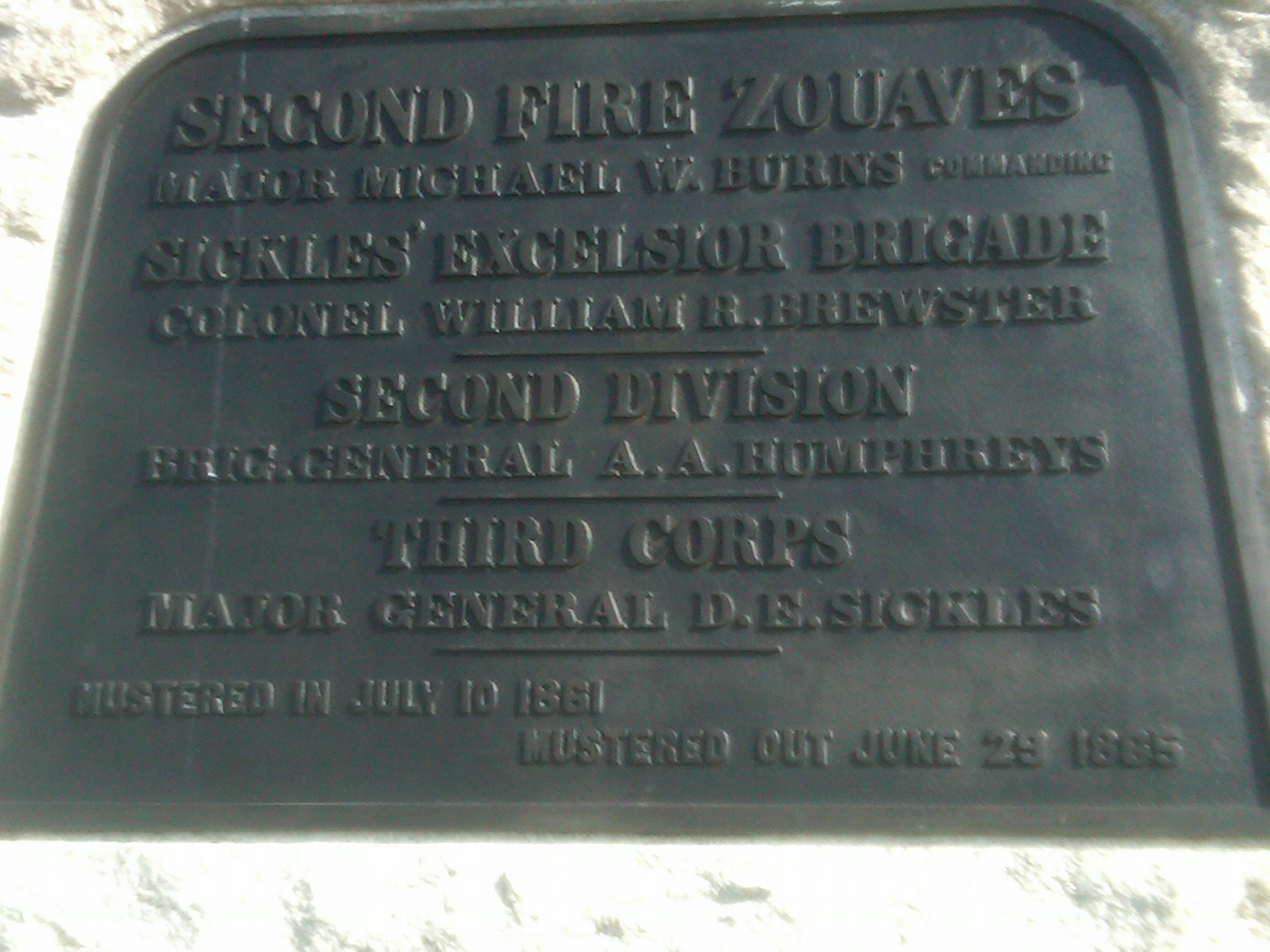The @FDNY robot dog on the scene. #fidi #garagecollapse pic.twitter.com/JAHc3abVsD
— DaDa Rocks! (@dadarocks) April 18, 2023
Excerpts from futurism.com:
A parking garage in Manhattan collapsed on Tuesday afternoon, killing one person and injuring five more. Among the New York Fire Department’s assets was a Dalmatian-spotted robodog.
In a video posted on social media that has since gone viral, the robot can be seen walking into the collapsed structure. But moments after it started its climb through the rubble, the robodog simply fell over onto its side, lying motionless on top of a piece of concrete.
Spot has self-righting capabilities, and it was later confirmed that the FDNY robo-Dalmatian did locate the remains of the one garage employee who sadly died in the accident, so the robot did do a much better job than the video suggests.
The FDNY became the first fire agency in the country to purchase several Spot robodogs from Boston Dynamics last year, which cost $75,000 each.
The use of these quadrupeds by the city’s police department, however, proved far more controversial, with the agency cutting short its contract with Boston Dynamics due to mounting pressure from critics back in 2021. Despite the significant backlash, the NYPD reinstated its robodogs just last week.
thanks Martin































